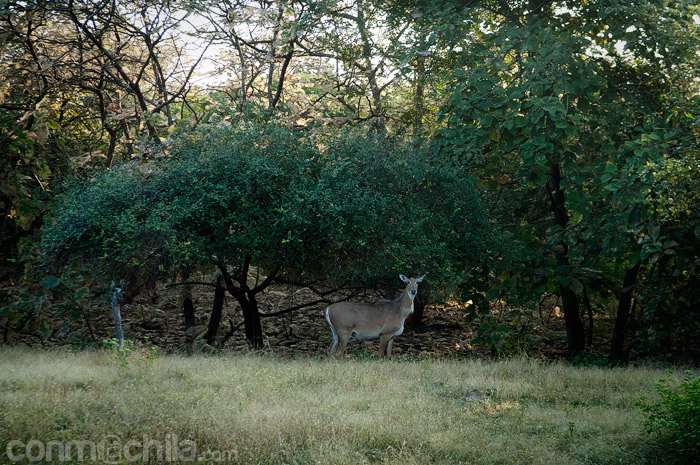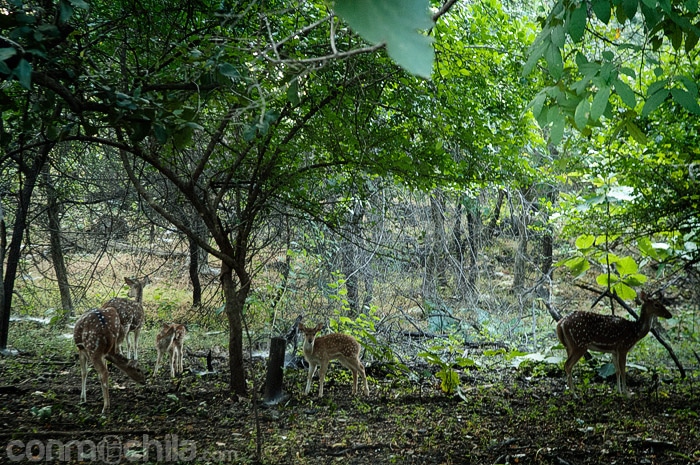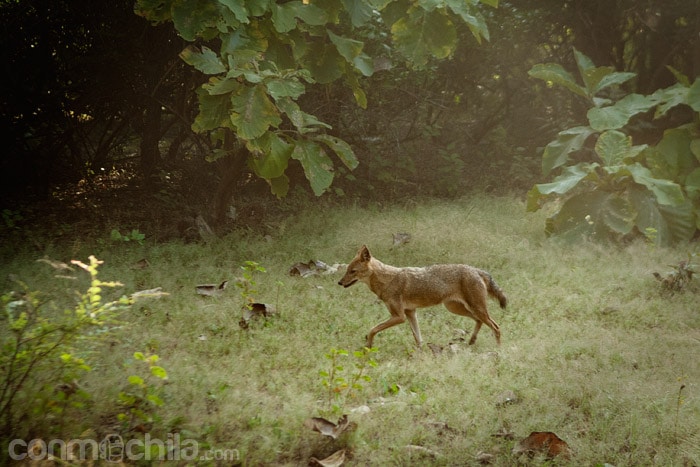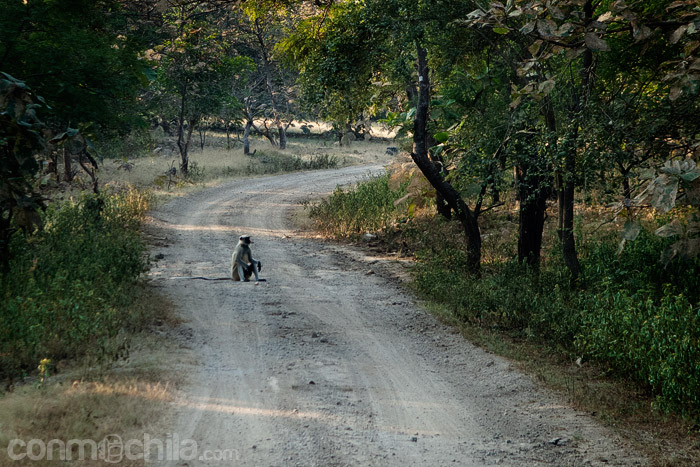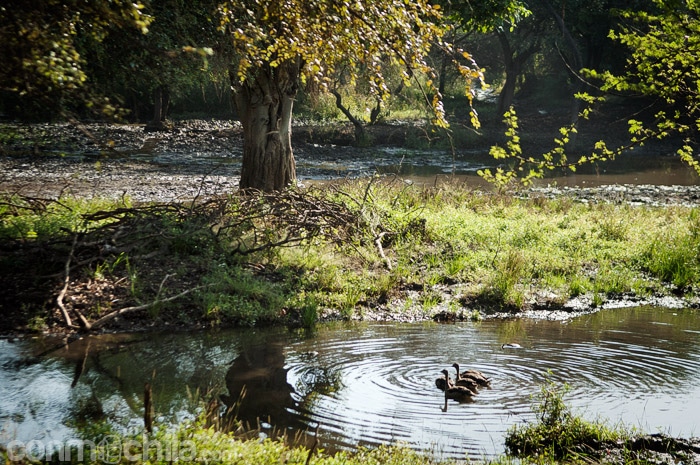“A footprint on the dirt road where the jeep was driving made the driver stop. The guide poked his head out and confirmed that the footprint was indeed that of a lioness, and even went as far as to confirm that it had passed by there not long ago. We had been on safari in Gir National Park for about 15 minutes and had already seen some deer, reptiles and many birds, but the lions were only on the huge banners.
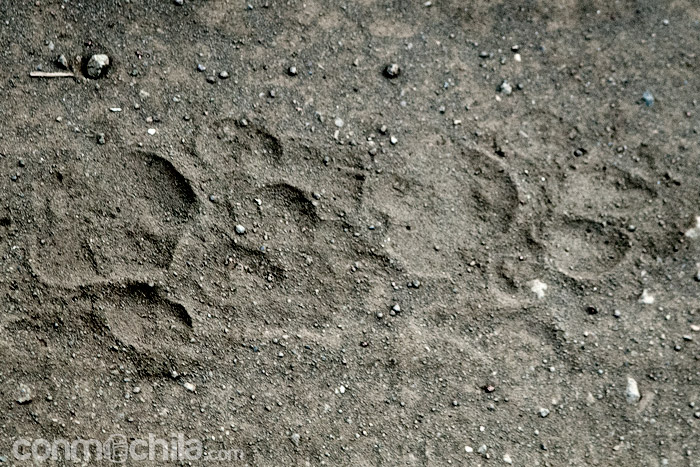
We were dying to see the big cats, without a doubt the kings of the park, but no one could guarantee that we would be so lucky. The car continued on its way and we remained just as tense.
The low height of the vehicle, in which there were only four of us, did not give any feeling of security, and the desire to see the lions was coupled with the fear of being too close to them.
Suddenly, a few meters from where we had stopped and without the guide having to warn us as usual, we saw the silhouette of a couple of lions lying on the side of the road, and we jumped in our seats.
The jeep gradually reduced speed and passed by slowly, while we held our breath and continued to watch the animals. When we got a little ahead of them, the engine stopped, and we stayed about 15 meters away.
There they were lying, a male and a female who, to our surprise, only raised their heads slightly at the presence of the car, and continued to rest peacefully.
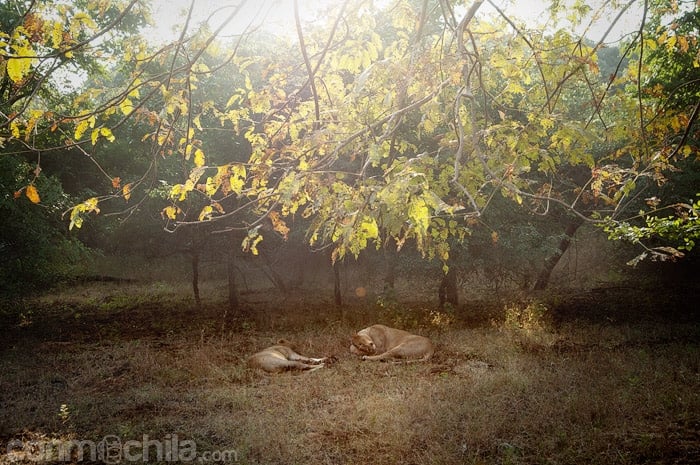
Their indifference allowed us to contemplate and admire them without hurrying, and with each passing minute the tension in the environment diminished. However, my excitement was growing, I could not believe that I had them so close. They were a little smaller than their African relatives, and their manes were much less abundant.
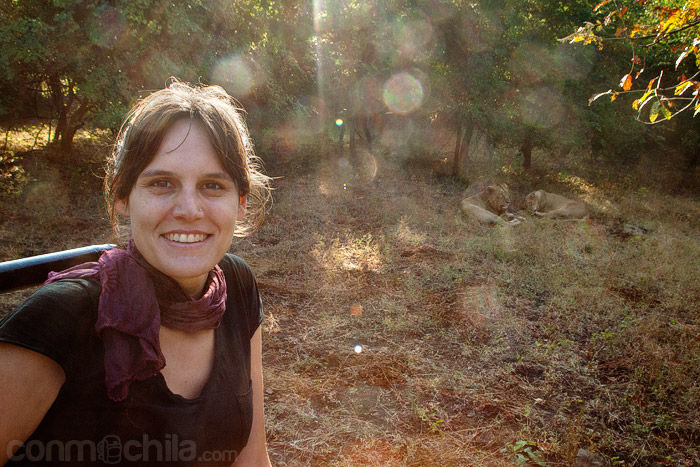
Those lions, so mistreated until their habitat was reduced to the forest of the Gir National Park, lay indifferent to their misfortune and I was hallucinating.”
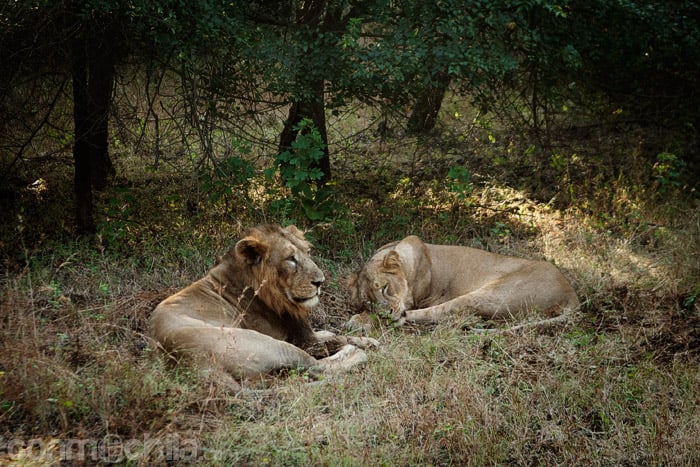
Unfortunately, seeing an asiatic lion in the wild is only possible today in the Gir National Park. The Indian state of Gujarat has the honor of possessing the last refuge of this majestic animal.
The subspecies panthera leo persica, also known as the indian or persian lion, is in serious danger (according to the IUCN RED LIST, it is in danger of extinction) and although in the past it occupied a much larger territory that extends from the Middle East to India, unfortunately today it only lives in the Gir forest area “Gir National Park and Wildlife Sanctuary” (The national park is located within it).
When we finished our second visit to Rajasthan and decided to start moving south, we thought it would be a crime not to make the small effort to go there and try our luck. A small effort that turned into two days of travel from Udaipur…
To go on a safari in the park, it is best to spend the night in the village of Sasan Gir, which can be reached by bus from Junagadh for about 35 rupees per person. We were coming from Udaipur, so we took a bus from there to Ahmedabad (580 rupees) and another from Ahmedabad to Junagadh (350 rupees). The transfer from the village to the park is done in the safari jeep, and the price is included in the entrance fee.
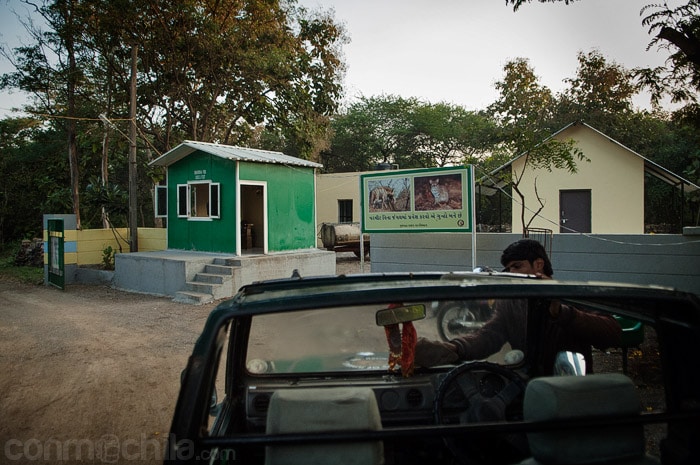
The park office is located in the village of Sasan Gir, and considering that the first safaris of the day (when it is easier to see the lions) start at 6am, you have to get up early enough. Unless you have a reserved ticket, which you can buy from the Gir Online Permit booking website. The rates per person for foreigners as of today (March 2025) are: 15500 – 17500 rs or you can make a reservation with Getyourguide:
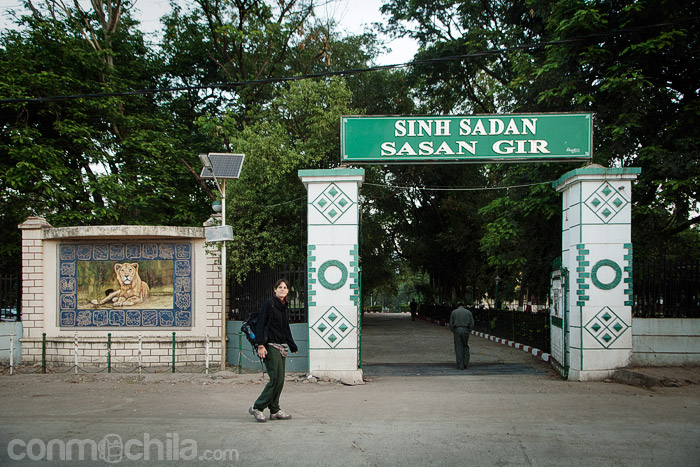
Nitin family room is a good option, and the one we chose, a cozy house with a family atmosphere because Nitin’s own family will take care of you very kindly and it is also just a few meters from the park office.
The Asiatic lion is protected throughout the Gir area, and hunting is strictly prohibited.
Among the efforts to prevent the reduction of the lion population is this curious news item from 2014 “trains moving slowly to avoid running over the Asiatic lion”, but an updated version of this story tells us things might not be going as well as we would like to: Railway tracks pose threat to the ‘pride’ of Gujarat.
Apart from the lions, you can see other types of animals, of which we leave here some photos.
